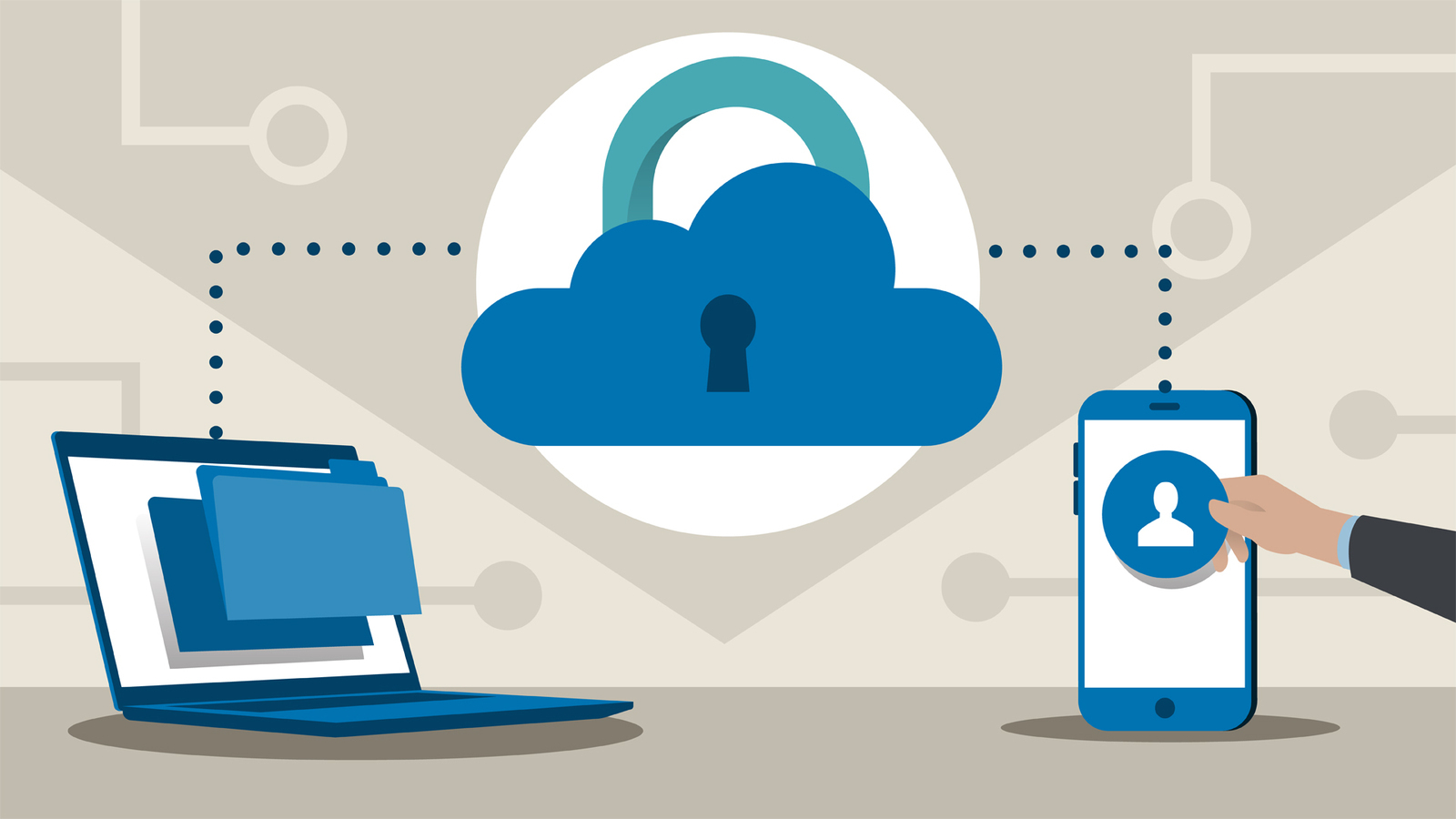We use cookies to personalise site content, social media features and to optimise your site experience.

 Cartus -
13 October 2022 -
Company, Organisation or Institution -
766 views -
0 Comments -
0 Likes -
0 Reviews
Cartus -
13 October 2022 -
Company, Organisation or Institution -
766 views -
0 Comments -
0 Likes -
0 Reviews

Cloud computing has grown in popularity in recent years, thanks to major players such as Amazon, Google, and Microsoft, which all provide cloud computing platforms. Cloud computing technology allows access to a shared pool of computing resources via the internet at any time, for little or no cost.
Many individuals and businesses have already improved the efficiency of their operations while lowering IT costs by utilising cloud computing. While cloud computing models have many advantages over on-premise models, they are still vulnerable to both inside and outside attacks.
Therefore, cloud developers must take security measures to protect their users’ sensitive data from cyber-attacks.
Attacks on Organisations:
Cloud security concerns 94% of organisations, ranging from moderate to extreme. When asked about what the biggest security threats facing public clouds are, organizations ranked misconfiguration (68%) highest, followed by unauthorized access (58%), insecure interfaces (52%), and hijacking of accounts (50%).
Other threats increased during the second half of 2020 as well. Ransomware attacks observed by McAfee grew by 69% from the third to the fourth quarter as REvil, Thanos, Ryuk, Ransome XX, and Maze proved themselves as the top ransomware families.
CAM4 is an adult live streaming website that was hit by a cloud cyber attack in March 2020, exposing 10.8 billion sensitive entries totalling 7 TB of data. Location information, email addresses, IP addresses, payment logs, usernames, and other information were all included in the leaked database.
To ensure more robust cybersecurity, organizations must configure these deployments according to their needs.
Unfortunately, most businesses lack an adequate cloud security posture to ensure the security of these services, resulting in deployment vulnerabilities. Misconfigured servers, according to IBM, are responsible for 86% of compromised records.
Knowledge of the specific deployment you're using will assist you in configuring it to meet your security requirements using the security tools provided by CSPs.
Compromised user accounts:
Weak password protocols are a major cause of compromised user accounts. Many could-service users do not have strong password protection because they use weak passwords, reuse older passwords, or do not change their passwords on a regular basis.
As cybersecurity professionals, we recommend that users change their passwords at least once every 60–90 days.
How to prevent it:
Prevent cloud cyberattacks by implementing powerful cloud security measures. Every day, many organisations use cloud services to help them transition to a remote work environment and improve collaboration among global team members.
As adoption increases, so do the vulnerabilities. By understanding cloud security basics and some of the most common vulnerabilities, we can limit our risk of becoming a target of cloud cyber attacks.

Copyright © 2025

